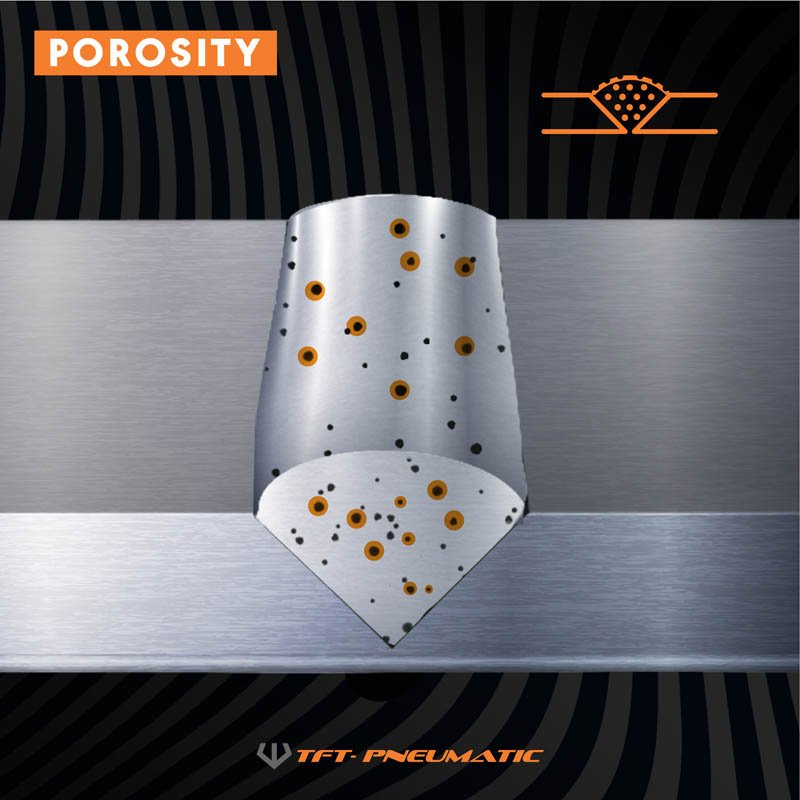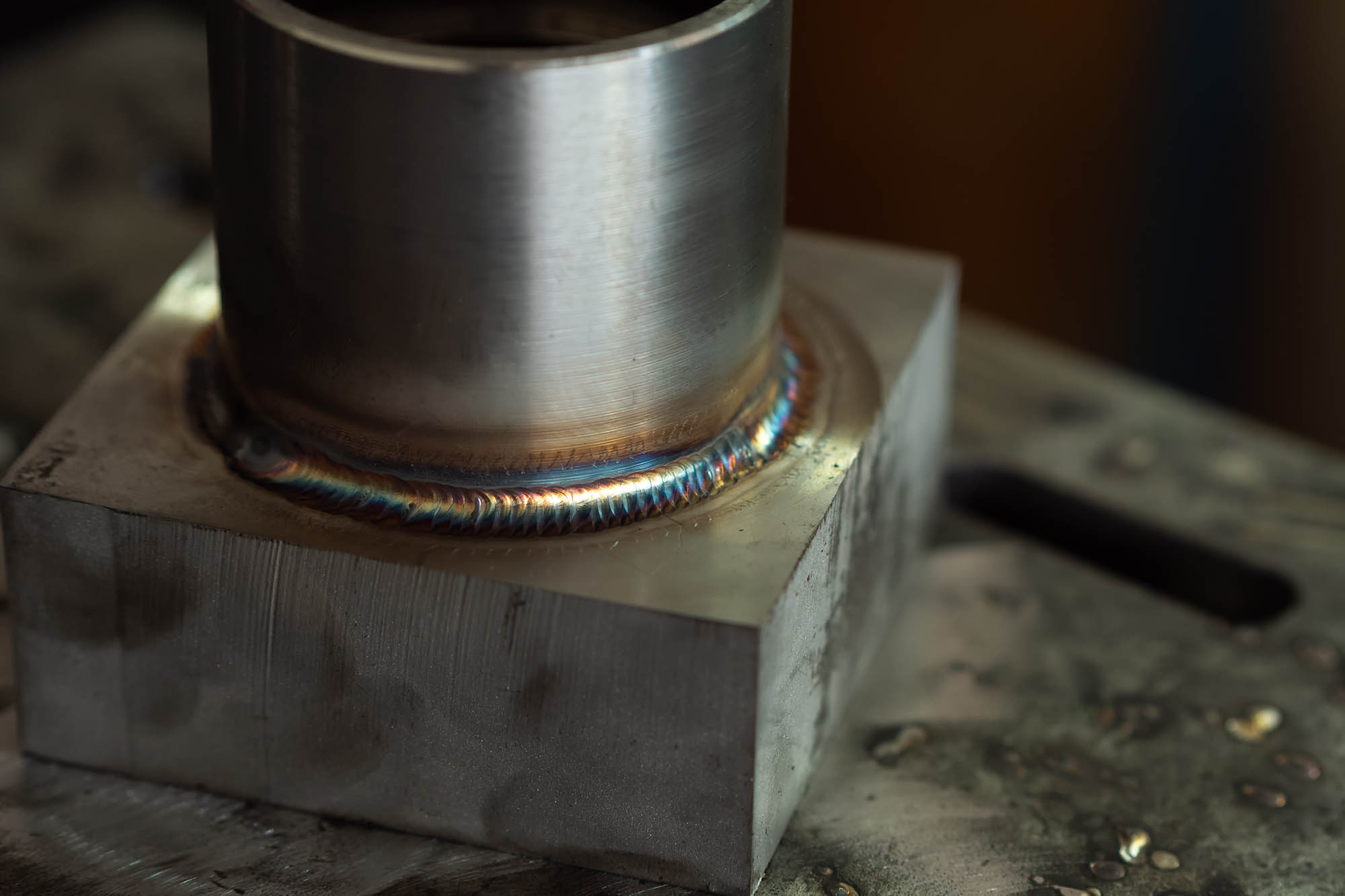Comprehending Porosity in Welding: Exploring Causes, Results, and Prevention Methods
Porosity in welding is a consistent challenge that can dramatically influence the high quality and integrity of welds. As professionals in the welding sector are well conscious, comprehending the causes, results, and avoidance methods associated with porosity is vital for attaining robust and trusted welds. By delving right into the root causes of porosity, examining its damaging results on weld top quality, and checking out reliable avoidance strategies, welders can improve their expertise and skills to generate premium welds consistently. The detailed interaction of elements adding to porosity requires a thorough understanding and a proactive strategy to make certain successful welding outcomes.
Typical Root Causes Of Porosity
Porosity in welding is largely triggered by a mix of variables such as contamination, improper protecting, and inadequate gas protection throughout the welding procedure. Contamination, in the kind of dust, grease, or rust on the welding surface area, creates gas pockets when warmed, bring about porosity in the weld. Inappropriate protecting occurs when the securing gas, frequently utilized in procedures like MIG and TIG welding, is incapable to fully safeguard the molten weld pool from responding with the bordering air, resulting in gas entrapment and subsequent porosity. In addition, insufficient gas insurance coverage, often due to wrong circulation rates or nozzle positioning, can leave parts of the weld unguarded, allowing porosity to create. These elements collectively contribute to the development of gaps within the weld, damaging its integrity and potentially causing structural issues. Recognizing and addressing these typical reasons are important action in preventing porosity and ensuring the high quality and stamina of bonded joints.
Impacts on Weld Top Quality
The existence of porosity in a weld can dramatically endanger the general high quality and integrity of the bonded joint. Porosity within a weld produces gaps or dental caries that damage the structure, making it a lot more susceptible to breaking, rust, and mechanical failure.
Additionally, porosity can impede the efficiency of non-destructive screening (NDT) methods, making it challenging to find various other problems or suspensions within the weld. This can cause significant safety concerns, particularly in crucial applications where the structural integrity of the welded parts is extremely important.

Prevention Techniques Overview
Offered the harmful effect of porosity on weld high quality, reliable avoidance methods are crucial to keeping the architectural stability of bonded joints. Among the main avoidance techniques is detailed cleansing of the base products prior to welding. Impurities such as oil, oil, rust, and wetness can add to porosity, so guaranteeing a tidy job surface area is essential. Appropriate storage of welding consumables in completely dry problems is also important to stop wetness absorption, which can cause gas entrapment during welding. Furthermore, choosing the ideal welding parameters, such as voltage, present, and travel rate, can assist reduce the threat of porosity development. Ensuring sufficient protecting gas circulation and protection is another crucial prevention method, as not enough gas protection can result navigate here in atmospheric contamination and porosity. Finally, proper welder training and certification are important this article for implementing safety nets effectively and regularly. By incorporating these avoidance techniques right into welding techniques, the event of porosity can be considerably lowered, causing stronger and extra trustworthy welded joints.
Significance of Appropriate Protecting
Appropriate protecting in welding plays a vital function in stopping climatic contamination and guaranteeing the honesty of welded joints. Protecting gases, such as argon, helium, or a mix of both, are generally used to safeguard the weld swimming pool from responding with components airborne like oxygen and nitrogen. When these reactive elements enter into contact with the warm weld pool, they can create porosity, bring about weak welds with decreased mechanical properties.

Poor shielding can cause numerous defects like porosity, spatter, and oxidation, jeopardizing the architectural honesty of the welded joint. Adhering to proper securing practices is important to create top notch welds with minimal issues and ensure the my link longevity and integrity of the bonded components.
Tracking and Control Methods
Exactly how can welders efficiently monitor and regulate the welding procedure to make certain ideal results and protect against problems like porosity? By continuously monitoring these variables, welders can identify variances from the ideal problems and make immediate modifications to avoid porosity formation.

In addition, carrying out correct training programs for welders is vital for keeping an eye on and controlling the welding process successfully. What is Porosity. Informing welders on the relevance of keeping regular parameters, such as correct gas securing and travel rate, can aid prevent porosity concerns. Normal analyses and accreditations can also make certain that welders excel in surveillance and controlling welding procedures
Furthermore, using automated welding systems can enhance surveillance and control capabilities. These systems can exactly control welding parameters, reducing the probability of human mistake and guaranteeing constant weld quality. By incorporating advanced surveillance modern technologies, training programs, and automated systems, welders can successfully monitor and regulate the welding process to reduce porosity issues and attain high-grade welds.
Verdict

Comments on “What is Porosity in Welding: Common Resources and Reliable Solutions”